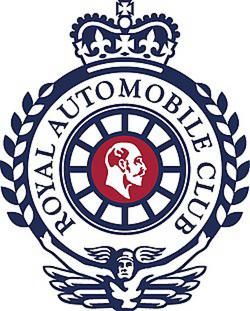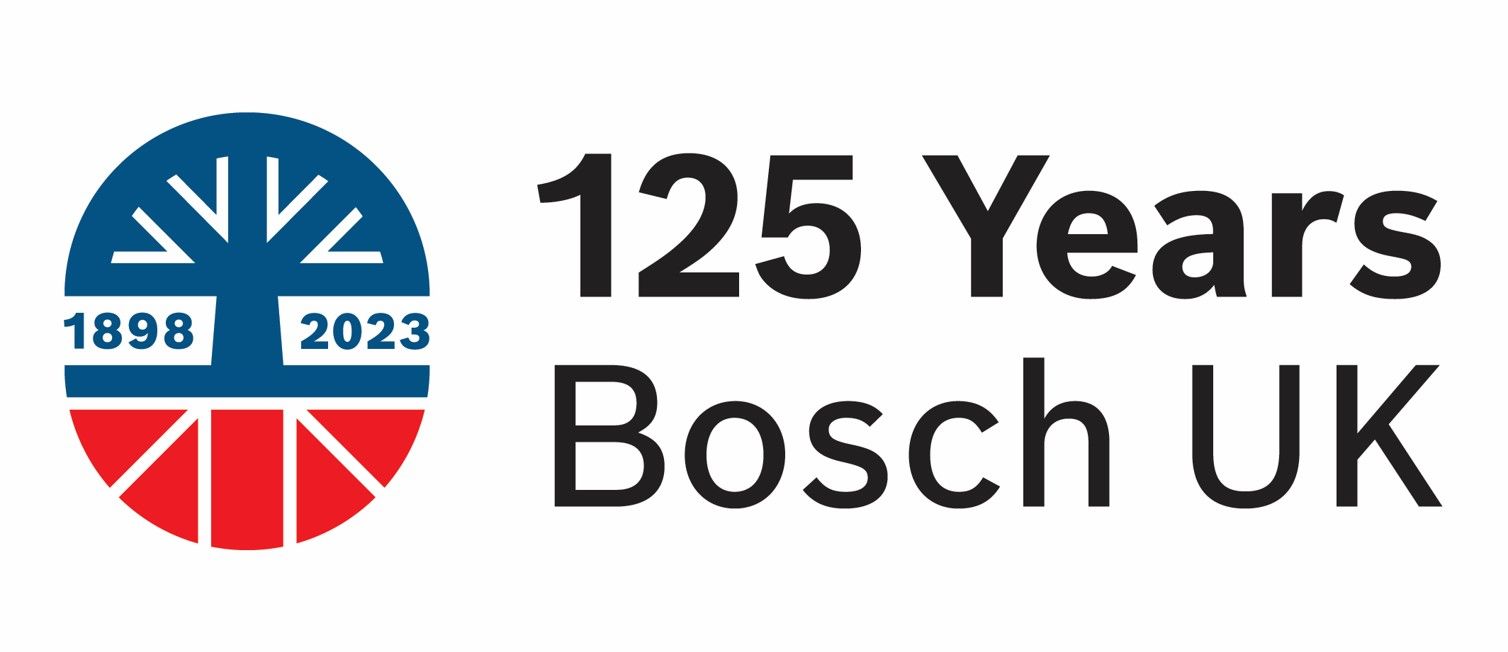An Interesting Read: Pedals and Power
)
On 14 November 1896, outside the Hotel Metropole, London were cyclists ready to witness the departure of automobiles to Brighton. The cyclists shared a common interest with motorists, having campaigned for improvements to the road surfaces, when the railways poached passengers from the steam coaches that had disseminated the lanes and byways of Britain. There was also the common bond of independence. For many of the motorists participating in the Emancipation Run, bicycles had given their first taste of freedom and in some instances, competitive racing.
For Harry Lawson, founder of the Motor Car Club and organiser of the Emancipation Run, the association went even deeper. Just a year before on 13 July 1895, Lawson had been presented with a gold watch at the Queen’s Hotel, Coventry. The watch was inscribed to the ‘Inventor of the safety bicycle’ in recognition of Lawson’s 1879 patent with James Likeman, called the “Bicyclette”. The Bicyclette was an innovative bike design with chain drive to the rear wheels that was sold in 1880. An angled bar at the back connected the fork to the steering handle. This design has subsequently led to Lawson being hailed as the father of the modern bicycle alongside John Kemp Starley.
Despite being President of Watford Cycling Club in 1895, Lawson had his sights firmly set on monopolising car and motorised production in the UK and established the Motor Car Club in 1895. In 1896 he stated that the New Beeston & Co cycling factory was the last cycling venture he would be connected with. Lawson had already begun to amass automobile patents as an attempt to control the automotive industry that was in full swing on the continent, but held back in the UK through the draconian Locomotives on Highways Acts.
Having established the Daimler Motor Company after acquiring the licence to produce Daimler engines in the UK, Lawson acquired as many patents as possible to control the UK’s future motor manufacture. In November 1896, he established the British Motor Syndicate. Amongst those acquired were the rights to produce Bollée and De Dion tricycles in the UK, plus the Humber Cycle Company, which went on to become the UK’s highest exporting car marque to South America.
One of the most commercially successful of the early vehicles was the first Voiturette designed by Léon Bollée in 1895. It was a threewheeled tandem driven by a single-cylinder 3hp engine. De Dion-Bouton’s tricycle, produced in 1895 with four-stroke engine and high-voltage ignition, later became a best seller, too, after commencement of commercial production in 1897.
The repeal of the Red Flag Act in 1896 provided the perfect vehicle for advertising Lawson’s automotive ventures because it heralded the chance to attract investment for a UK manufacturing industry to earnestly commence. While the law was repealed in August 1896, it did not come into force until midnight on 13 November 1896, which gave plenty of time for organisation, although the event lacked marshals and the weather was diabolical.
HO Duncan was dispatched overseas by Lawson to induce as many famous continental motorists to participate in the Emancipation Run as possible. Léon and Camille Bollée sent three of their tricycles to the event. Duncan drove the third. Sadly, things did not go according to plan. In his papers held at the Royal Automobile Club, St John Nixon, an eminent motoring pioneer, recalled their story.
The Bollée tricycles arrived on 12 November at Victoria Station. Duncan had an altercation with a policeman who tried to confiscate the vehicles until the repeal came into force at midnight the following day, which would not have left enough time for them to arrive at the Hotel Metropole for the start of the Emancipation Run. With great ingenuity, Duncan hired three old workhorses from a nearby livery to haul the vehicles, hence staying within the law. This amused the draymen, who feared their livelihoods were at risk from mechanised vehicles. They jeered Duncan and the Bollées with ferocity and much colourful language. After the shame of this encounter, Duncan did not fare well on the Run itself. He collided with a horse and trap, deposited his passenger in a mud bath and ground to a halt then mud flung up from the wheels got into the carburettor.
By the end of Emancipation Day, some vehicles had achieved the journey admirably – such as the Duryeas – but others – such as the Peningtons – had not and were either sabotaged, left by the wayside or put on the train. Either way, 14 November 1896 made it clear that the car had a future and while Harry Lawson’s automotive involvement was soon limited, his foresight was not.




.jpg.png)




.resize-500x189.png)



